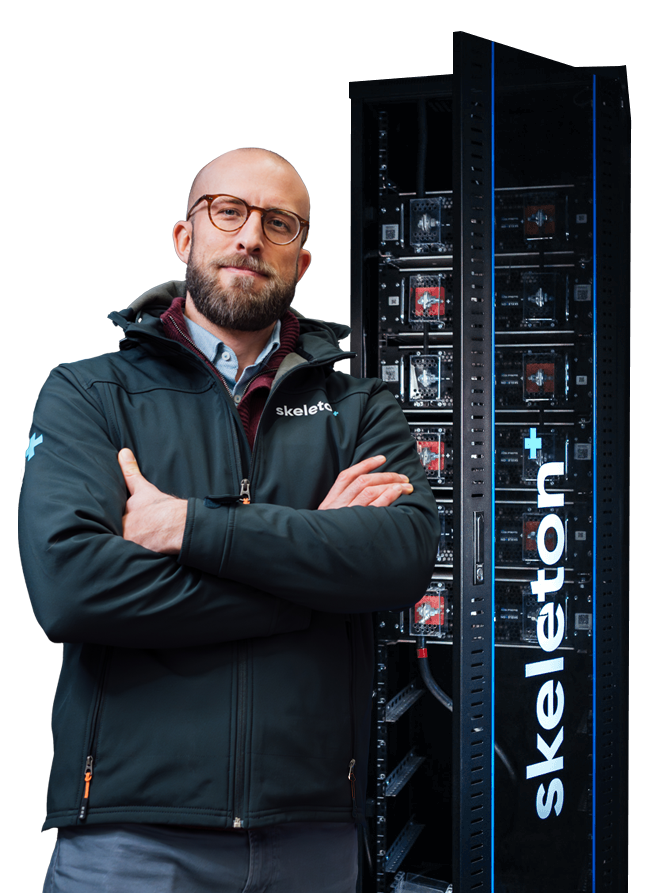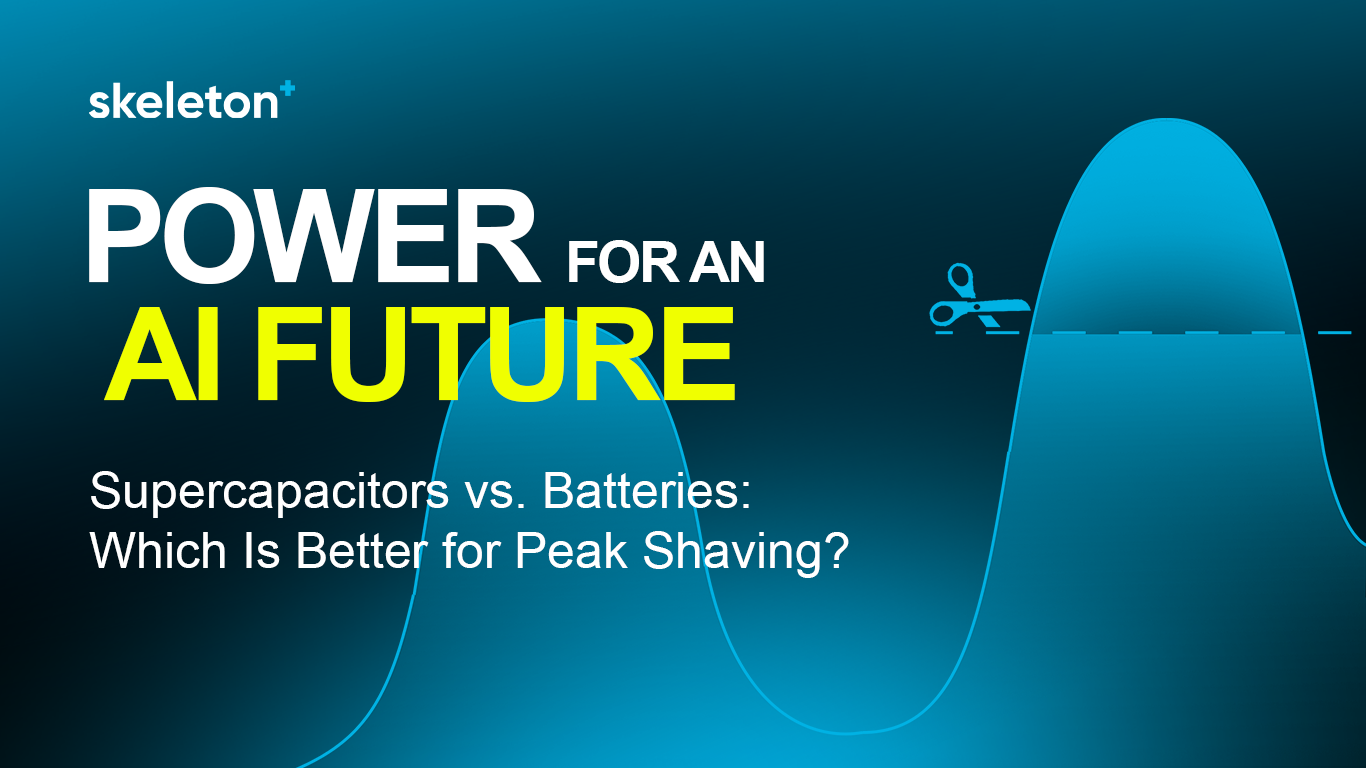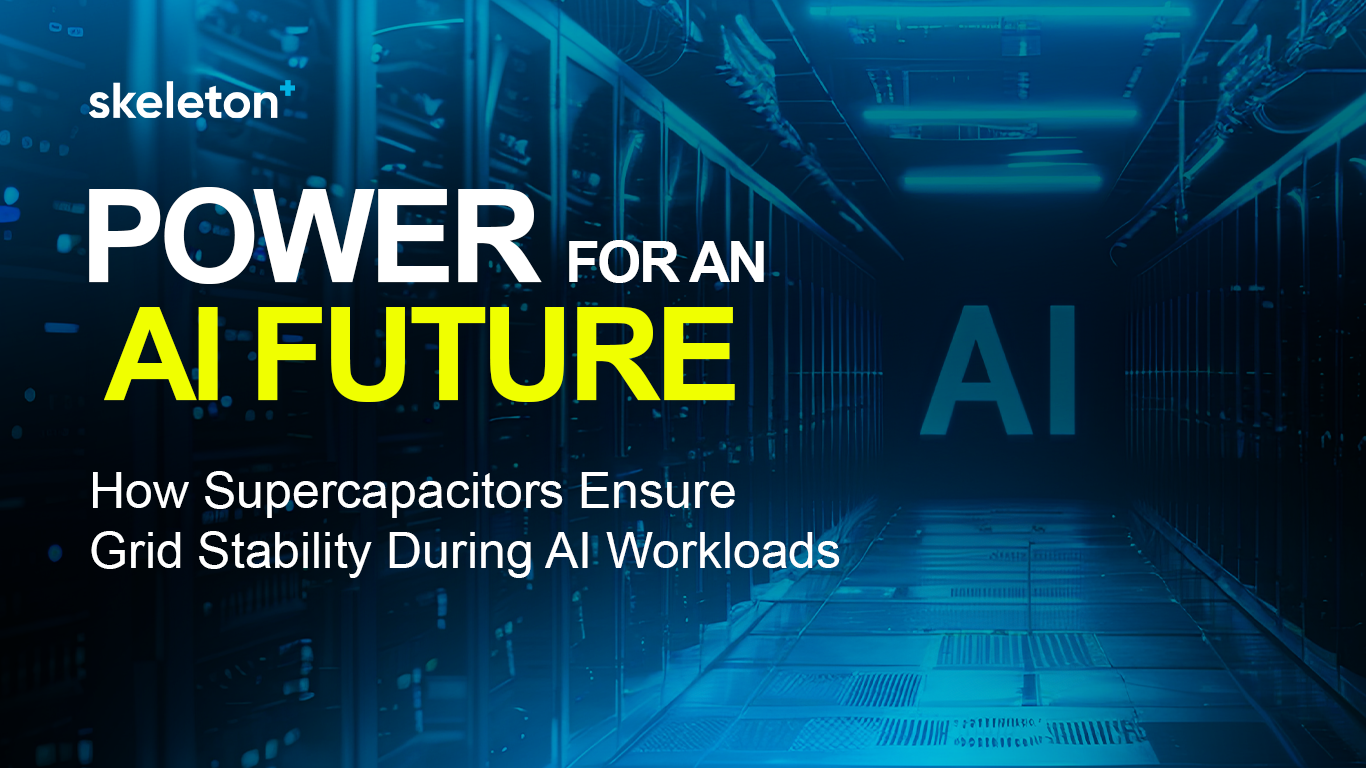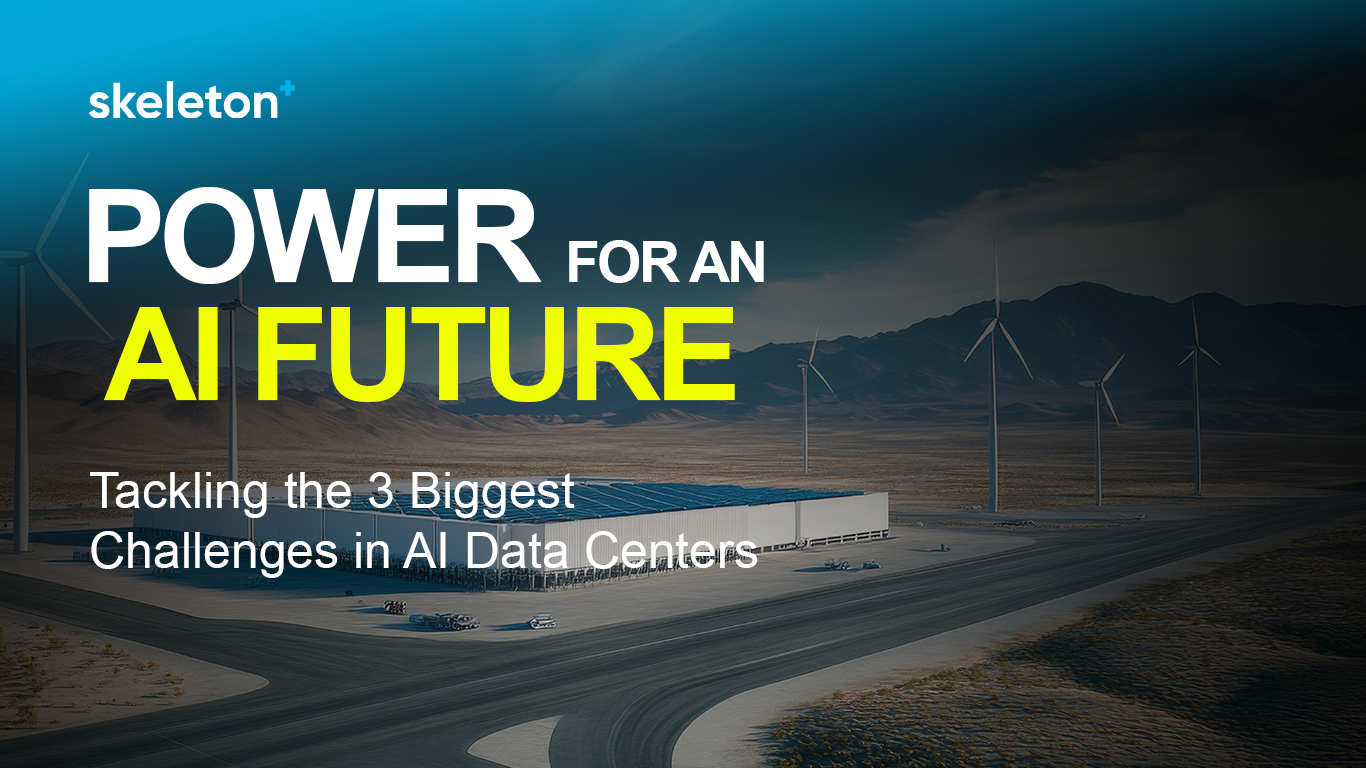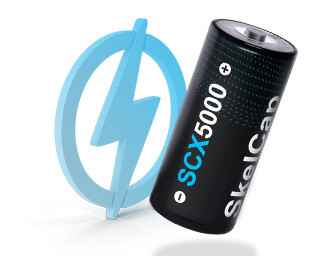
What Are Artificial Loads and Why Are They a Problem in AI Data Centers?
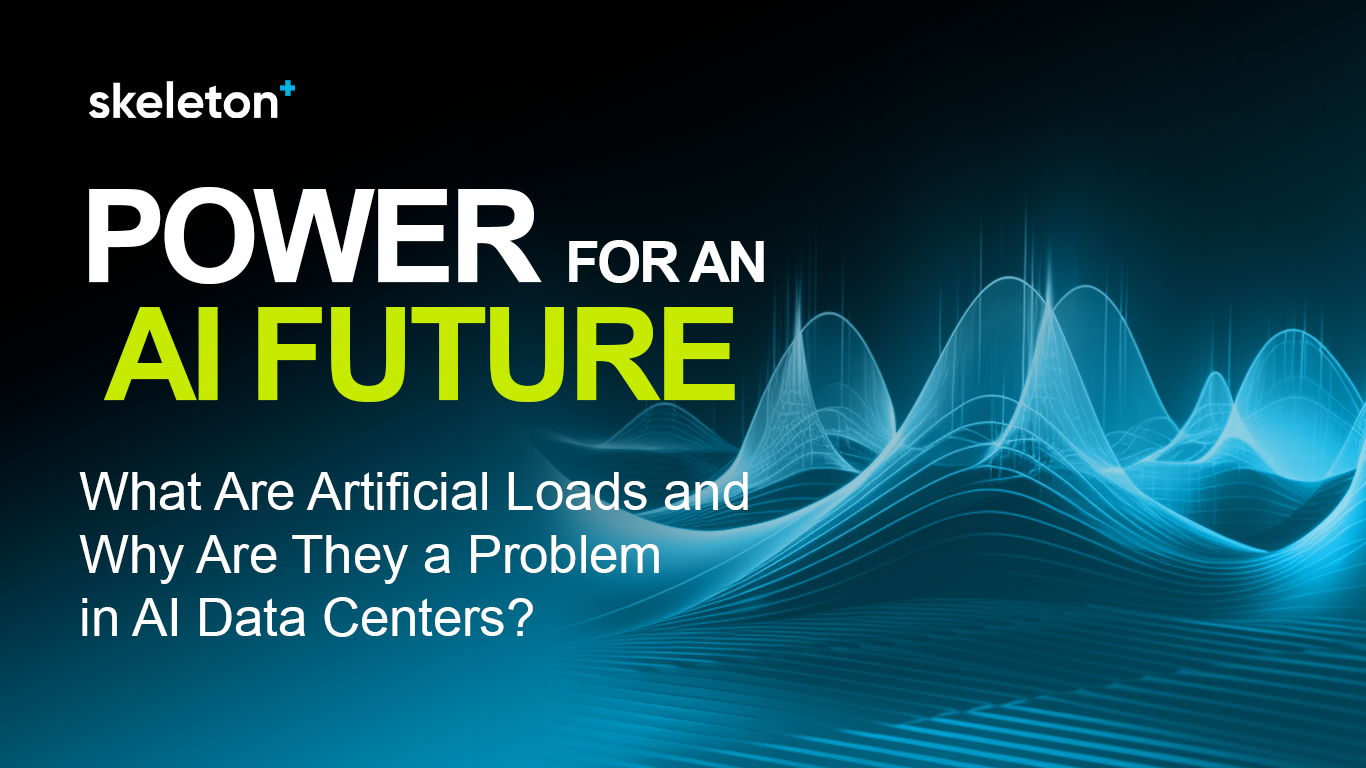
As AI workloads surge, data centers are consuming more power than ever before. Training a single large AI model can use as much electricity in a month as 100 U.S. homes, and by 2030, AI-driven data centers could account for up to 7–20% of national grid demand in some countries (Bird & Bird, 20249). But a surprising share of this energy isn’t powering computation, it’s being lost to artificial loads.
Artificial loads, sometimes called “dummy loads,” are non-compute energy sinks built into the power and cooling infrastructure of high-density GPU clusters. Their job is to stabilize power converters, keep cooling systems balanced, and prevent voltage collapse during sudden transitions between idle and peak GPU activity. In practice, they act as a buffer against the highly variable, “spiky” nature of AI workloads. However, these loads don’t contribute to any useful computation. In some deployments, up to 30% of total power is diverted to artificial loads, adding significant overhead with no computational output, and creating a hidden cost as AI scales.
Why do artificial loads persist?
The answer is rooted in engineering limitations. AI clusters can shift from idle to peak load in milliseconds, causing rapid fluctuations in voltage and current. Traditional power infrastructure, including batteries and power converters, can’t always respond quickly enough, so artificial loads are used as a crude but effective buffer. But as data centers grow larger and more power-hungry, this approach becomes increasingly unsustainable—both economically and environmentally.
Skeleton Technologies’ GrapheneGPU
solution offers a fundamentally better answer. By leveraging patented Curved Graphene supercapacitor technology, GrapheneGPU delivers real-time power smoothing at microsecond speeds. Unlike batteries, these supercapacitors can absorb and release energy instantly, matching the unpredictable, bursty nature of AI workloads. This allows data centers to eliminate artificial loads entirely, redirecting every watt of power to actual computation.

GrapheneGPU, Peak Shaving Capacitor Shelf (PCS50)
The impact is dramatic. By removing the need for dummy loads, operators can unlock up to 40% more compute performance from existing hardware and reduce total energy consumption by up to 45%. Compared to conventional capacitor or battery-based solutions, GrapheneGPU delivers 67% lower total energy losses (Skeleton Technologies, 2024). The system is designed for seamless integration—ORV3 compatible, available in both 48 VDC and 400 VDC configurations, and suitable for both air and liquid cooling setups.
For engineers, the real challenge in scaling AI isn’t just about delivering more kilowatts, it’s about delivering stable, efficient power exactly when and where it’s needed, without excess. Artificial loads are a legacy solution that wastes energy, budget, and potential. By deploying GrapheneGPU, data centers can eliminate this hidden energy sink, improve utilization, reduce thermal runaway risks, and avoid costly overengineering of power and cooling systems.
As AI continues to scale, the economics of data center operation will increasingly depend on eliminating waste and maximizing efficiency. Artificial loads are an obsolete relic. Skeleton’s GrapheneGPU makes them unnecessary, unlocking new levels of performance and sustainability for the next generation of AI infrastructure.

